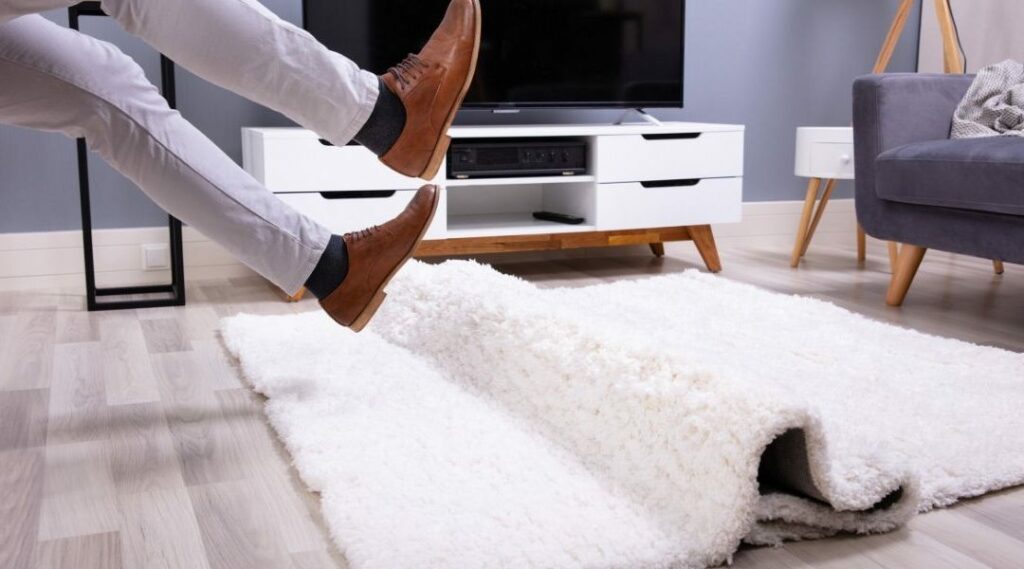It’s a beautiful day, life is good when suddenly you find yourself on the ground in pain. Depending on the severity of the fall you may be dealing with pain and physical therapy for days, weeks, months, or even years. You no doubt replay in your mind what happened. Were you just clumsy or was there another cause?
The truth is accidents happen all the time and often cause injuries. When these accidents occur on other people’s property you may have legal rights to receive compensation. This type of personal injury is categorized under “premise liability” and generally referred to as slip and fall cases. When and if the property owner has been negligible then they can be held accountable.
Proving Fault in Slip and Fall Cases
For plaintiffs to win such a case, they must prove that the accident was the property owner’s fault caused by dangerous conditions such as torn carpeting or poor lighting. For the property owner to be held liable, plaintiffs must prove the following:
- He/she created that condition.
- He/she knew that it existed and intentionally failed to correct it.
- That condition had been present for so long for the owner to have discovered and taken corrective measures before you slipped or tripped.
Who Are the Responsible Parties?
In slip and fall cases, there must be responsible parties whose negligence caused the accident at hand. Although this sounds obvious, some victims don’t realize that their own carelessness caused their accidents. Where the accident occurred and who is responsible determines the amount of compensation.
Residential Properties
Landlords can be held accountable for tenants or third parties slip and trip injuries on a rental property. To prove that a landlord is responsible, one must prove that
- He/she could have prevented the condition that caused your accident.
- The landlord could have inexpensively and easily repaired the condition that made you slip and fall.
- Landlord’s negligence to take corrective measures to avoid accidents caused you to slip or trip.
Commercial Properties
To be held responsible for slips, trips or falls in a commercial property, the owner of a store, club, restaurant or any other business must/should have;
- Caused the spill, or other slippery/harmful surfaces.
- Been aware of dangerous surfaces and failed to take corrective steps.
Note that liability in such instances is often decided by common sense. A judge or jury seek to understand whether property owners were careful through analyzing what steps they took to ensure that their property was safe.
Government Properties
When these accidents occur in buildings owned by a local, federal, or state government, special rules apply. With government entities, liability can be shielded by some special notice requirements.
Slip and Fall Defenses
In some slip and fall cases, property owners can argue that the victim is responsible for the accidents. Such an argument is made under a concept called “comparative fault.” In California, a plaintiff can still recover damages even if they are partially responsible for the accident. However, the damages are reduced. Some things that could make you partially responsible are:
- You may be engaged in any activity that could have prevented you from noticing the dangerous condition, such as texting or talking on the phone.
- If one didn’t have the authorization to be where the accident occurred.
- If there were enough warning signs and other safety measures which the plaintiff ignored.
Slip, Trip, or Fall? Get the Compensation You Deserve
Many victims of such accidents often wonder if they need a lawyer to represent them. Such cases are often complex, and you should at least consult with an attorney. If you’ve been involved in a slip and fall accident call us for a free consultation. Alexandroff Law Group has experienced a slip, trip and fall lawyers to represent you. Our lawyers handle all the details and deadlines so that you can concentrate on getting better. We’re always available, so contact us for a free case review.

